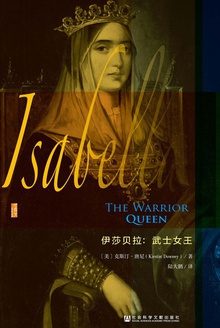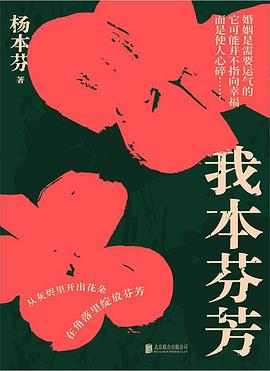English Negative Concord, Negative Polarity, and Double Negation 电子书下载
In Negative Concord (NC) sentences, single negative meanings are expressed by two or more negative words. English speakers that use NC also employ Double Negation (DN), where two negatives yield a logical affirmative. The same speakers also use Negative Polarity Item (NPI) constructions, where words like anything and anybody depend on a preceding negation (e.g. `I didn`t eat anything` vs. `I ate anything`). This dissertation accounts for the distributions of NC, NPI, and DN constructions in English.
I apply the theory of NPIs in Postal (2005) and Collins and Postal (2014) to NC and DN. These authors argue that some NPIs have the form [NEG SOME X], with a single NEG, while others have two: [[NEG [NEG SOME]] X]. I propose that negative constituents have a structure identical to Collins and Postal`s (2014) unary NEG NPIs. Like NPI constructions, NC with a negative marker (-n`t/not) and a negative object involves syntactic NEG raising from the negative constituent. I further propose that the locus of variation between NC and NPI constructions lies at the level of morphophonological spell out. NPI constructions involve deletion of lower occurrences of a single NEG, but NC does not. Using data from the Audio-Aligned and Parsed Corpus of Appalachian English (Tortora et al., In Progress), I show that all predictions concerning the distribution of NC, DN, and NPI constructions across clause boundaries are borne out.
Two types of NC with negative subjects are also analyzed. NC declaratives like `didn`t nobody eat` and `nobody didn`t eat` are derived via NEG raising from a negative constituent. In these cases, NEG raising is followed by remnant raising of the negative constituent. To explain restrictions on subject type in inverted structures (`didn`t nobody eat`), I defend a condition stating that the subject must always be negative, despite the fact that it is not always morphologically negative. Differences in usage and interpretation of negative object and negative subject constructions are derived by appeal to a remnant raising condition. The results of a gradient acceptability study support the hypothesized grammatical distinction between Subject and Object NC.
尊敬的读者:
欢迎您访问我们的网站。本站的初衷是为大家提供一个共享学习资料、交换知识的平台。每位用户都可以将文件上传至网盘并分享。
然而,随着用户上传的资料增多,我们发现部分不宜或版权问题的书籍被分享到了本站。
为此,我们已经关闭了分享入口,并进行了多次书籍审查,但仍有部分内容未能彻底审查到位。
在此,我们恳请广大读者与我们共同监督,如发现任何不宜内容,请 点击此处 进行举报,我们会第一时间处理并下架相关内容。
希望我们能共建一个文明社区!感谢您的理解与支持!
猜你喜欢
- 《超级话题》肖大侠文字版 电子书下载
- The Road to React 2022 Edition - Robin Wieruch 电子书下载
- 《30岁后,我靠投资生活》搜狐财经频道/钟慧/罗为加珍藏版 电子书下载
- 《深入浅出数据分析》Michael Milton中文修订版 电子书下载
- 《夜空总有最大密度的蓝色》最果夕日全译文字版 电子书下载
- 《祥瑞:王莽和他的时代》张向荣文字版 电子书下载
- 《史记菁华》(西汉)司马迁 / (清)姚苎田 电子书下载
- Kafka Streams in Action - William P. Bejeck JR. 电子书下载
- 《吃的艺术:巧主妇的106个厨房秘籍》刘枋全新升级版 电子书下载
- 《卖掉法拉利的高僧:一部有方法的个人价值实现指南》罗宾·夏玛全译文字版 电子书下载
- 《学会说话》陈浩宇全新修订版 电子书下载
- 《奶酪与蛆虫:一个16世纪磨坊主的宇宙》卡洛・金茨堡文字版 电子书下载












